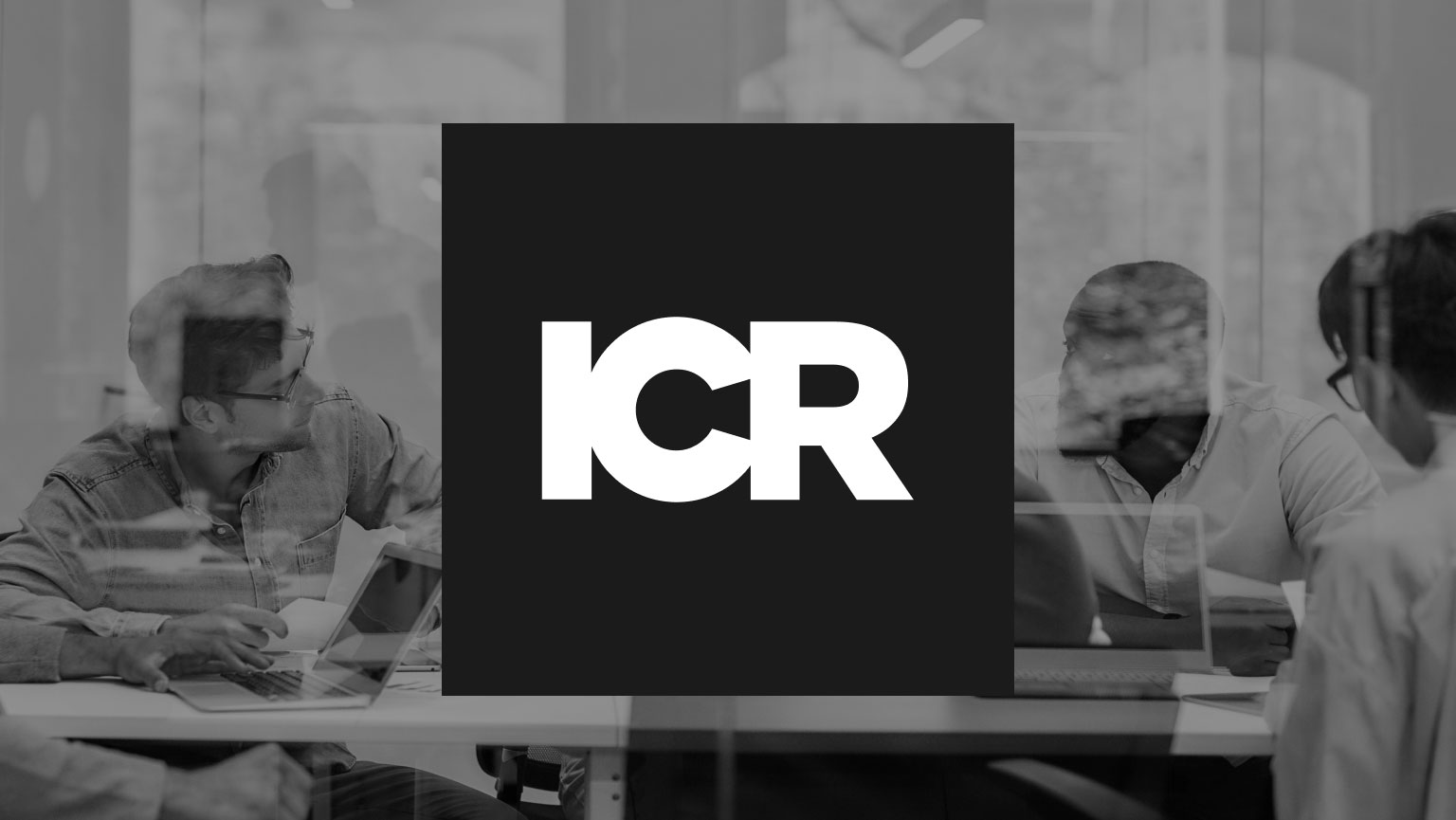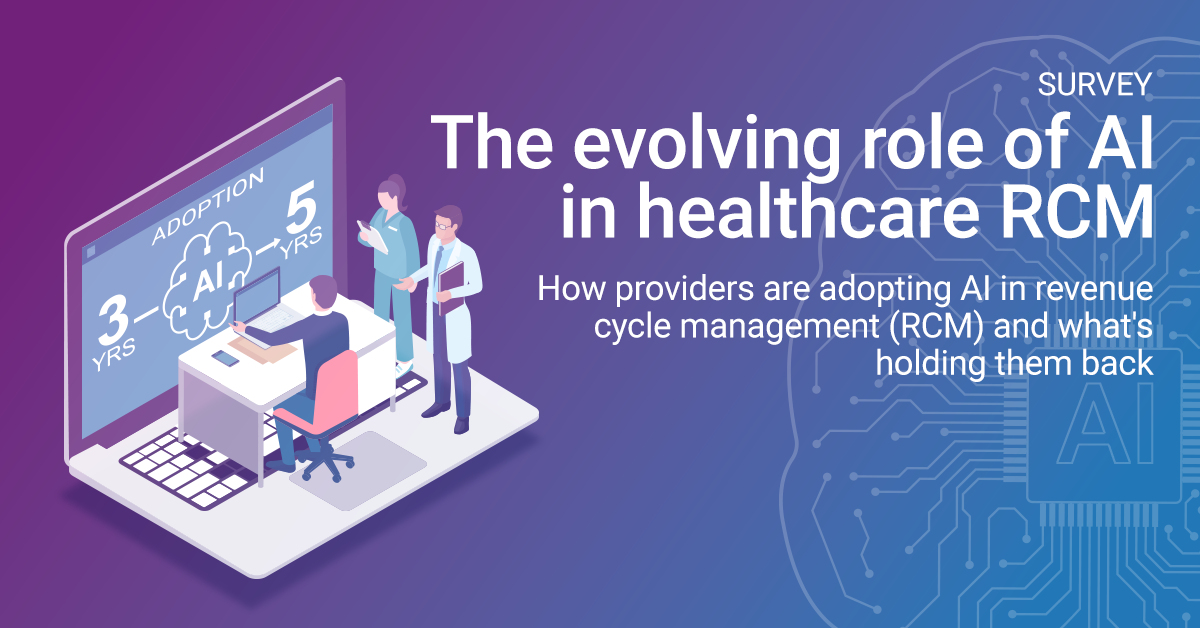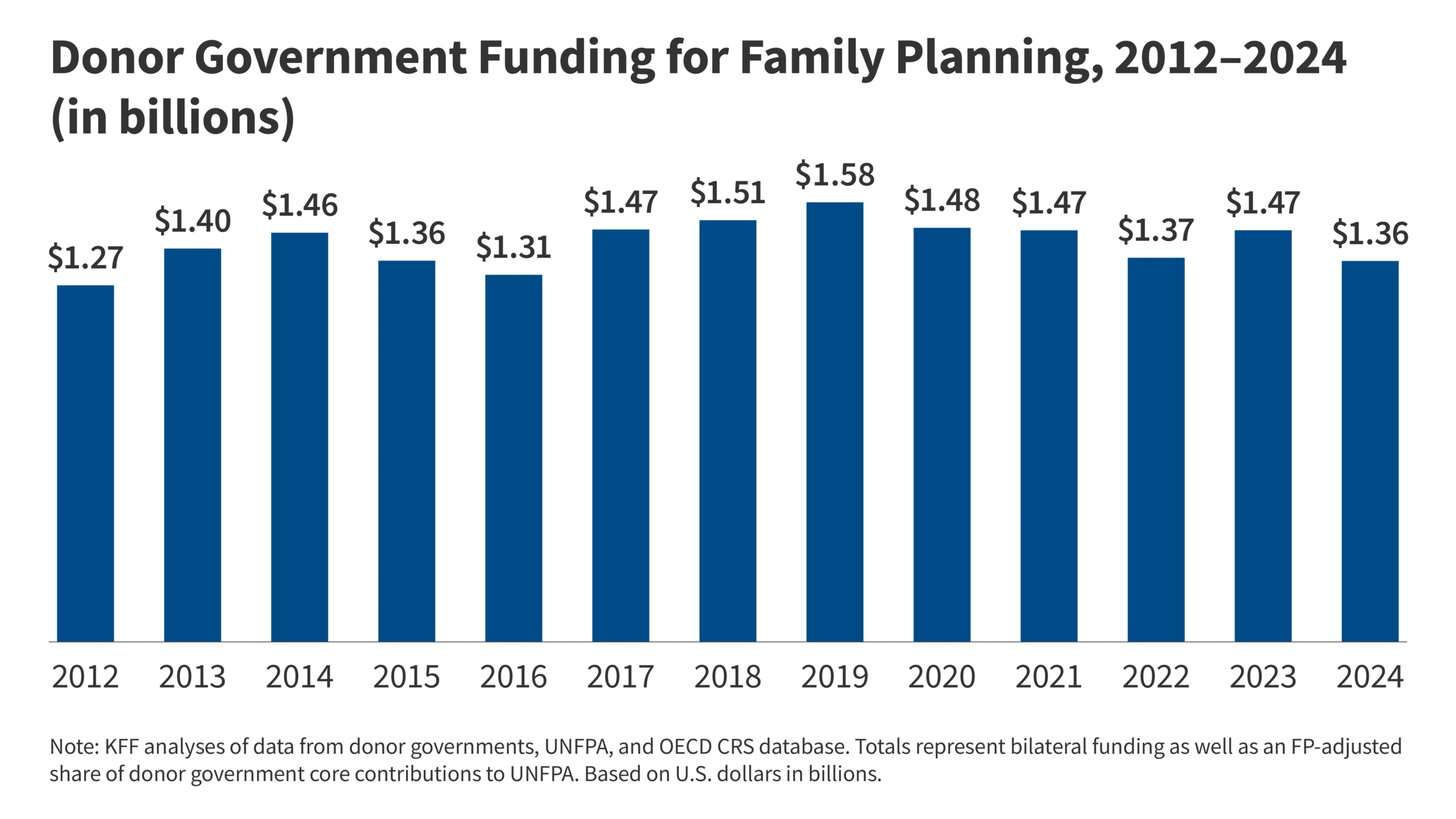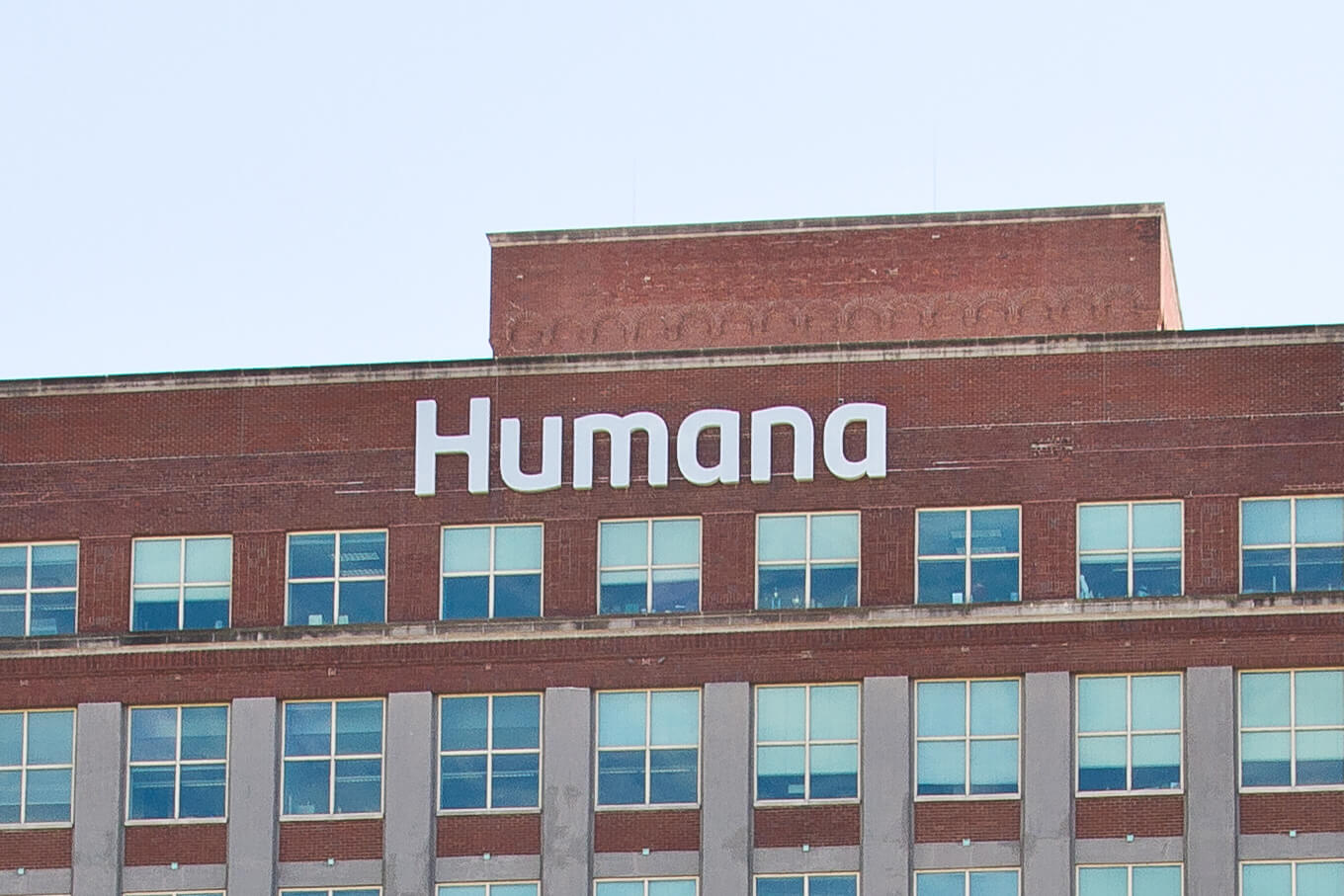My Dad retired in 2002 with a 403(b) and lifelong teacher’s pension. Unsure of his retirement savings, some fellow retired teachers recommended a financial advisor who “specialized in retired teachers”.
So he converted the 403(b) to an IRA, transferred his and my Mom’s IRAs to the advisor, and trusted him to manage their money for the next twenty years.
Managing a 6-figure retirement account can be concerning if you don’t know what you’re doing. The advisor gave my Dad some peace of mind, outsourcing the job so he could focus on other retirement activities like golf and gardening.
But as retirees sometimes do, he found himself with a lot of time on his hands. He spent the winter months paying close attention to his retirement investments, often being disappointed.
The advisor took a conservative wealth preservation approach to the portfolio, frequently modifying it based on market activity. He sometimes used managed mutual funds with unreasonable expense ratios.
The portfolio experienced growth over the next decades but was always encumbered by fees, both the advisor AUM fee and mutual fund expense ratios (combined, up to 2% at times).
With a target return of 7%-8% before fees, his portfolio averaged around 5-6% over the 20 years from 2003 to 2023. The S&P 500 returned about 9.8% per year over the same period, with dividends reinvested.
At the end of 2023, my parents finally decided to pull the plug and, with my help, self-manage the IRAs from age 78 onwards.
Their IRAs don’t need to be complicated or risky, and they don’t need to lose 2% to fees. We are capable of managing it together.
Here’s how we are managing their wealth.
Simplify and Lower Costs
Aside from the IRAs, my Dad self-managed a dividend stock account with TD Ameritrade for years. It was recently converted to a Schwab account.
Schwab is one of the big three retirement brokers, so we were comfortable using it for their two IRAs instead of switching to Fidelity or Vanguard. Schwab’s local office near my parents made the IRA transfers more assuring.
Once the transfers were complete, we aimed to simplify the portfolio and lower costs while taking a more comprehensive view of their assets to construct an age-appropriate allocation.
This meant we’d:
- Reduce the number of holdings
- Use low-cost ETFs
- Consider their bank account cash positions as part of the overall portfolio
- Reduce portfolio maintenance activities
Instead of targeting a stock/bond allocation based on the retirement accounts alone, we included the IRAs, taxable account, and high-yield bank savings. The advisor never saw the taxable account or excess cash.
My parents built substantial cash savings in a high-yield savings account from their pension surplus, Social Security, and investment income. The cash now serves as an emergency and income fund, paying them significant monthly interest.
It has grown more recently as they saved cash to buy a different home. As rates have increased over the past few years and my parents have aged, they are more comfortable maintaining a conservative cash position that pays 5% now that inflation has tamed.
Including the savings account in the overall portfolio became an important decision for our planning purposes. This allowed us to increase the risk profile of the IRAs.
The 130 Rule of Thumb (Stock/Bond Allocation)
I frequently mention the “130 Rule of Thumb” for portfolio allocation targeting.
To determine a portfolio’s stock-to-bond ratio, subtract your age from 130. That gives you a target stock percentage for your portfolio.
Since my Dad is 78, his target stock-to-bond ratio is 52% (130 minus 78).
This is a rule of thumb only. You can adjust for risk tolerance, market volatility, or specific needs.
For our purposes today, my parent’s target portfolio allocation is:
- 50% stocks (via ETFs and individual stocks)
- 50% bonds/cash (via ETFs) and cash (bank savings account and Schwab cash sweep)
The high-yield cash account currently pays about 5%, while short-term bonds pay slightly more. So, we’ve lumped cash and bonds together for now. That may change if rates change.
Holdings
The advisor had the two IRAs mirror each other, meaning whatever he did with the larger IRA would be the same for my Mom’s smaller IRA (about one-tenth the size).
This added unneeded complexity to the smaller IRA, with an equal number of transactions any time he moved money around (which was frequent).
So, the first step we took was to put my Mom’s IRA into one fund: Vanguard’s Total Stock Market Index (VTI). This eliminated several small holdings and simplified her side of things.
Next, we sold whatever stock and bond funds we didn’t like in my Dad’s accounts and bought and maintained the following holdings:
- VTI for stock holdings (~80%) in the retirement accounts
- VXUS for international stocks (~20%) in the retirement accounts
- Vanguard’s Total Bond Market ETF (BND)
- iShares 0-3 Month Treasury Bond ETF (SGOV)
- SPDR Bloomberg 1-3 Month T-Bill ETF (BIL)
VTI, VXUS, and BND provide diversified passive index fund coverage. We shouldn’t need any more stock funds, but we may look to add another bond fund in the future.
We carried over SGOV and BIL from the advisor’s portfolio because they work for their current needs. These are similar funds, and we’ll likely consolidate BIL into SGOV when we rebalance in January.
When the yield curve starts normalizing, I expect we’ll turn to more intermediate and longer-term government bonds or use BND or another fixed-income fund.
My Dad’s self-managed taxable account has the following holdings:
- 10 individual stocks in his dividend portfolio in the taxable account
- SCHD for reinvested dividends in the taxable account
The dividend stock portfolio has performed well over the years and pays significant dividends. AAPL, ABBV, ABT, EMR, KMB, SO, and PG have all grown more than 100% over the years. But he’s also owned T, VZ, and PFE, which have underperformed.
We’ll gradually wind down this 10-stock portfolio gradually over the coming years, directing dividends into cash accounts or reinvesting into SCHD. We like SCHD because the yield is on par with the dividend stock portfolio. So it will continue to provide income while we sell individual stocks.
This portfolio is down from 14 stocks a few years ago. We liquidated a few to raise cash to buy their current home.
From now on, we’ll evaluate the entire portfolio every six and 12 months and adjust as needed. If we experience a significant stock market downturn, we have cash and wiggle room to buy on the dips.
Finally, the Mindset Shift
With time on his hands, my Dad would watch critically as his portfolio significantly underperformed in up-market years. Missing out on returns is more noticeable than not losing as much when the markets fall.
The advisor’s role was to preserve and grow my parent’s wealth, in that order.
As we transitioned to self-managing their money, I had to validate with my Dad that we weren’t setting up his new portfolio to “beat the market” or anything close. At age 78, our goal is also to preserve wealth and grow the accounts with an age-appropriate portfolio.
That means if his portfolio consists of 50% stocks, half of the portfolio will perform as the market does, up or down.
The second half of his portfolio will perform more predictably, especially the high-yield cash and short-term bond funds.
With a wider lens, steady pension income, and by including their taxable account and cash savings, we can be more aggressive with the retirement stock ETF investments.
We’re at 50% stocks for now. Being more aggressive could mean buying stock index funds when the market eventually retreats. His pension income allows them to weather a downside storm and deploy capital if there’s a long-term opportunity.
We won’t be selling stocks based on market activity. If stocks go up, we’ll enjoy the ride. When stocks go down, we’ll remain invested because the invested portion isn’t needed for living expenses. There should be time to ride it out.
The only reasons to sell stocks will be to accommodate required minimum distributions (RMDs) and rebalance if the portfolio strays too far from our target allocation.
If my Dad passes first, thus losing the pension income, I’ll make the appropriate adjustments to reduce downside risk and generate more income for my Mom.
The goal of the IRAs has always been to build enough savings to support my Mom if my Dad loses the pension due to an early death. The strategy is on solid footing.
I wasn’t initially enthusiastic about helping my parents manage their money, feeling that the advisor provided a non-emotional perspective and conservative approach. However, the advisor lost my parent’s trust by disengaging and choosing investments that didn’t put their best interests first. The AUM fee was no longer worth the advice.
Now that they’ve made the switch, we’re all more comfortable having total control of their finances.
Featured photo via DepositPhotos used under license.
Craig Stephens
Craig is a former IT professional who left his 19-year career to be a full-time finance writer. A DIY investor since 1995, he started Retire Before Dad in 2013 as a creative outlet to share his investment portfolios. Craig studied Finance at Michigan State University and lives in Northern Virginia with his wife and three children. Read more.
Publisher: Source link










